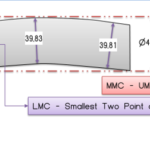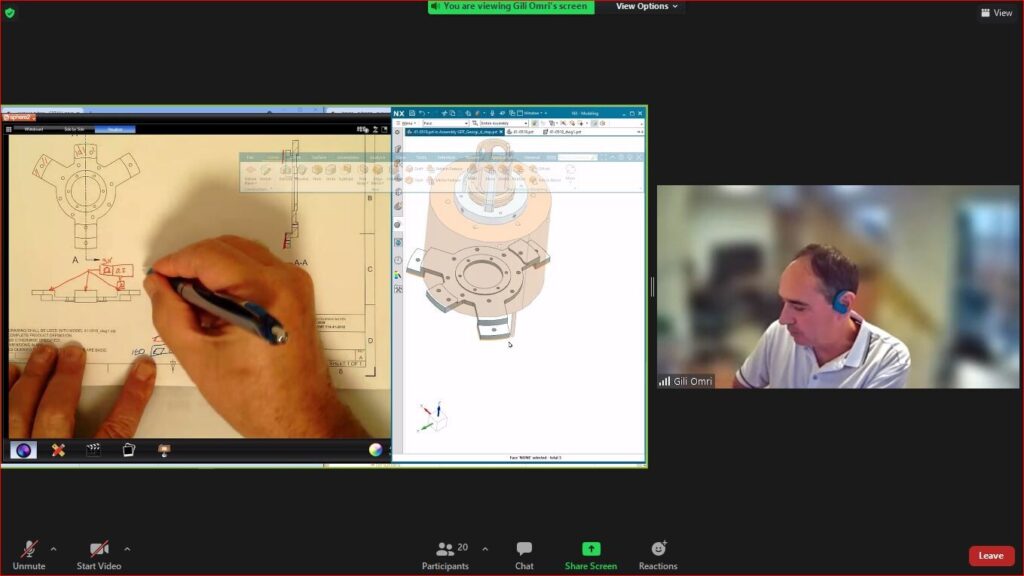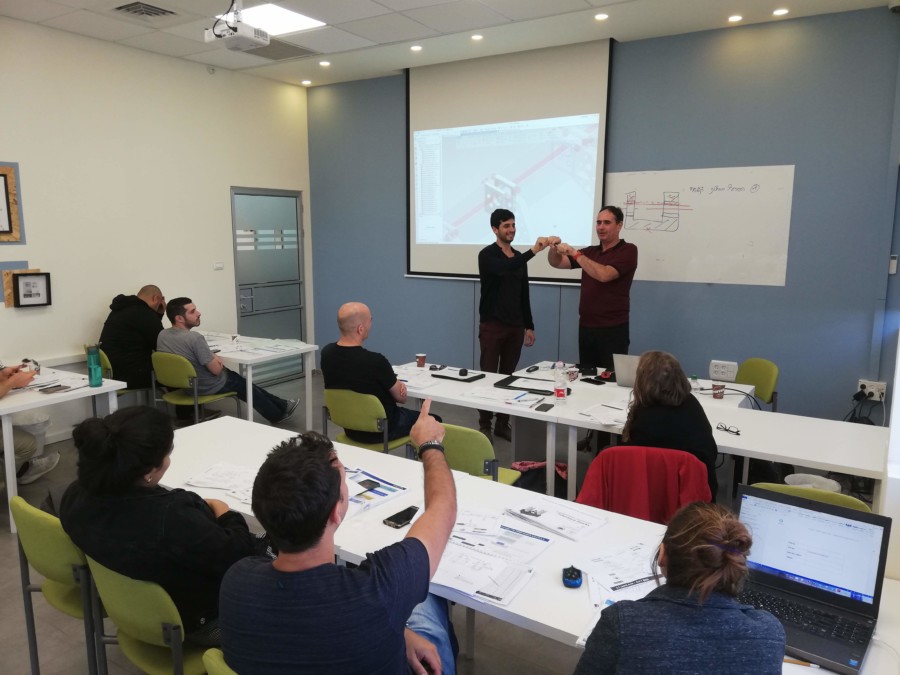As to ASME Y14.45-2021
At long last, ASME published a standard establishing uniform practices for reporting attribute or measurement data.
ASME Y14.45-2021 Measurement Data Reporting
Engineering Product Definition and Related Documentation Practices
ISO GPS has not yet published an equivalent data reporting standard. Nevertheless, the ASME Y14.5-2021 standard may be used with proper adaptation.
This TIP demonstrates how to report size specification when perfect form at MMC applies, and the difference in reporting when perfect form at MMC is NOT required (Independent).
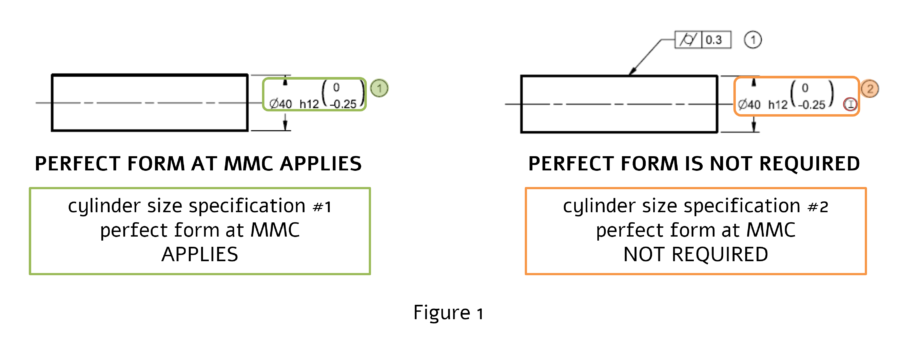
Reporting Size
As to Spec. #1 (Perfect Form at MMC Required)
- The surface of the feature shall not extend beyond a boundary of perfect form at MMC (UMME – Unrelated Maximum Material Envelop).
- The actual local size of the feature shall not violate the LMC limit of size
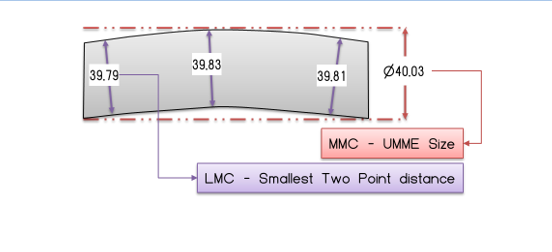
As to Spec. #2 (Perfect Form at MMC NOT Required)
- The actual local size of the feature shall not violate the MMC limit of size
- The actual local size of the feature shall not violate the LMC limit of size
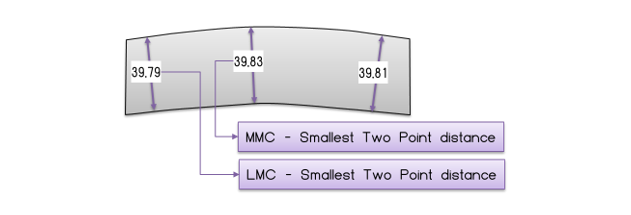
Measurement Data Report
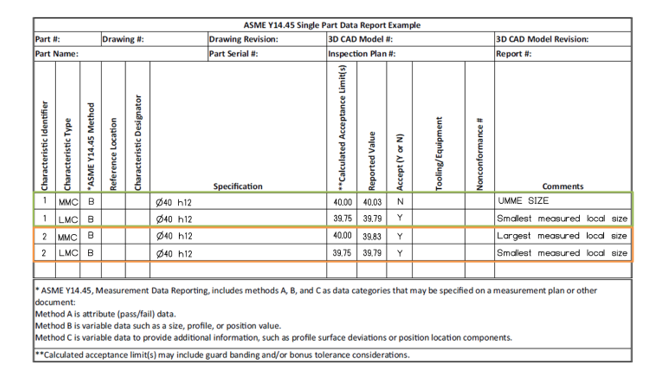
Table report format used in the Standard was derived from SAE AS9102B. The SAE AS9102B report format has been modified to better suit the measurement data reporting needs for geometric tolerances.
The report format shown is not mandatory. Model-based and digital methods may also be used.
Bottom Line
Geometric specifications (ASME GD&T and ISO GPS) are the tools to prescribe geometric variation limits to assure functionality of a manufactured part.
Standard Geometric Specifications allow us to specify even complex requirements in clear unambiguous manner, no need to “reinvent the wheel”.
In cases of uncertainty, consult an expert (save the time and cost of “reinventing the wheel”, misinterpretation, rework…)
Geometric Tolerances are a tool to map Functional Requirements to Geometric Limits
State Standard & Revision to assure proper Decoding
Write to get it Right

